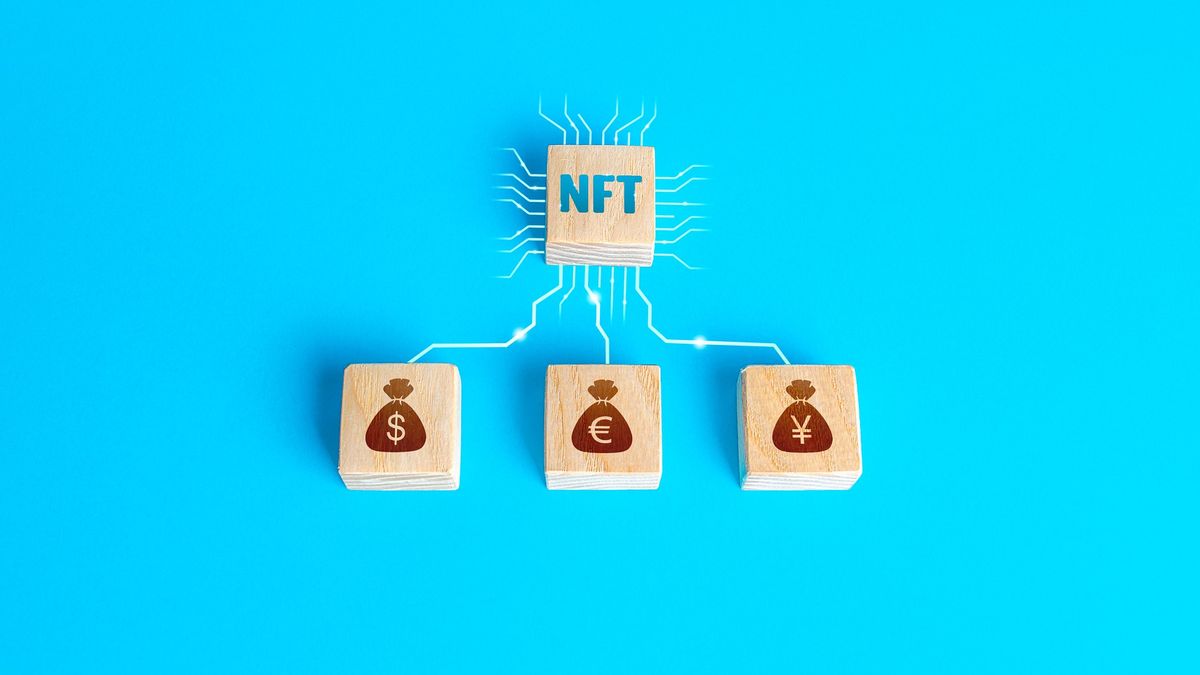Speculation has been unavoidable but amid the FOMO frenzy (that terrible fear of being offline) there have been some really interesting developmentsFor example, using NFTs as exclusive club affinity cards or tokenizing a movie just like cult comedian Kevin Smith did with his latest movie.
Although NFT’s weekly trading volume has recently exceeded $ 339 million and historical sales are approaching $ 3 billion no one can ignore the fact that this is just beginning.
With this in mind, it is natural to wonder what future awaits the NFT business.
Can they really – as their advocates argue – become mass consumer products in the world of film, music, art, games, sports (including eSports) and real estate? And if so, is it just a matter of time – a game of waiting until critical mass is reached – or should the NFTs themselves evolve to deliver more value?
In the midst of this madness the influential Rolling Stone magazine said in a recent article that NFTs are the “future of music” and immediately many woke up and began to ask if this is really so. Sure, its publishers reference a multitude of ways blockchain-based assets could revolutionize the entertainment industry.
A clear example is the ability of NFTs to confer full or partial publishing rights to a song or to help artists receive royalties on secondary sales.
Another avenue of exploration suggested by the CEO of Royalty Marketplace, Anthony Martini, refers to the use of NFTs as “future star” cards, an idea for music fans to invest in new artists through tokenized pre-releases. that could even give fans the opportunity to collaborate with artists to pay for new records and receive automatic royalty payments in return.
One aspect of the music industry that Rolling Stone does not mention is that the record labels have and a historical tendency to mistreat and underpay artists. NFTs could represent a means for musicians to cut out greedy middlemen and create an independent and equitable income stream, selling directly to their fans.
In fact, this is already happening: last March, electronic music duo Disclosure made $ 69,000 after selling a track in the form of NFT. That same month, Kings of Lion released an entire album in NFT form, one of the benefits of which was obtaining front row seats to a concert on every tour … for a lifetime!
With the popularization of NFTs, we are likely to see greater synergies emerge: tokens representing digital “objects” (wearing a unique band T-shirt in a video game), unique experiences, backstage passes, and so on.
Now, if NFTs can represent digital goods like art and music, why can’t they represent bricks and mortar? And yes, reality indicates that they can: earlier this year, TechCrunch founder Michael Arrington sold his Kiev apartment as NFT through the Propy platform, and real estate investment firm LABS Group has just announced its plans. of breaking up an entire resort into what he calls “rewarding timeshare NFT.”
From a practical point of view, NFTs could give people who have been left out of the housing market a buying opportunity: when $ 5,000 is not enough to move up one rung on the real estate ladder, they could buy a “share.” fractioned in a house that appreciates over time. Holders of a real estate NFT could even borrow against its token collateral.
At this juncture, it’s fair to say that virtual real estate is being tokenized at a faster rate than its physical counterpart. Perhaps because there is less risk but who wants to risk auctioning their home in a cryptocurrency. In virtual games like SuperWorld and Decentraland, land is parceled, packaged, and sold in exchange for cryptocurrencies and users are free to build their own economies on them, displaying NFT art collections and hosting events (or even casinos). If all of this sounds like coins falling from the sky, a virtual tract of land in Decentraland sold for close to $ 1 million in June.
As VR (virtual reality) technology matures, it is conceivable that the value of digitally owned NFTs will skyrocket.
Normal NFTs exploded simply because consumers wanted an original digital object. But the next wave of NFTs created specifically for immersive online worlds accessed through virtual reality goggles and headsets represents an entirely different proposition.
Imagine, for example, an NFT that allows entry to an exclusive nightclub accessed in a VR metaverse. Or serve as the entrance to a great eSports event. The possibilities are endless.
The way of the future
Beyond the art world, the entertainment and real estate sectors offer new terrain for NFTs. But the underlying technology and the platforms that serve them must continue to evolve and improve. For now, the buying and selling processes are clunky and sometimes complex and are largely geared towards tech-savvy cryptocurrency users, rather than regular consumers.
Unless an effort is made to appeal to a wider audience through easy-to-use interfaces and fiat access ramps, the NFT trend could be exhausted. Like everything, time will tell.
CEO of NGrave
Source From: Ambito




